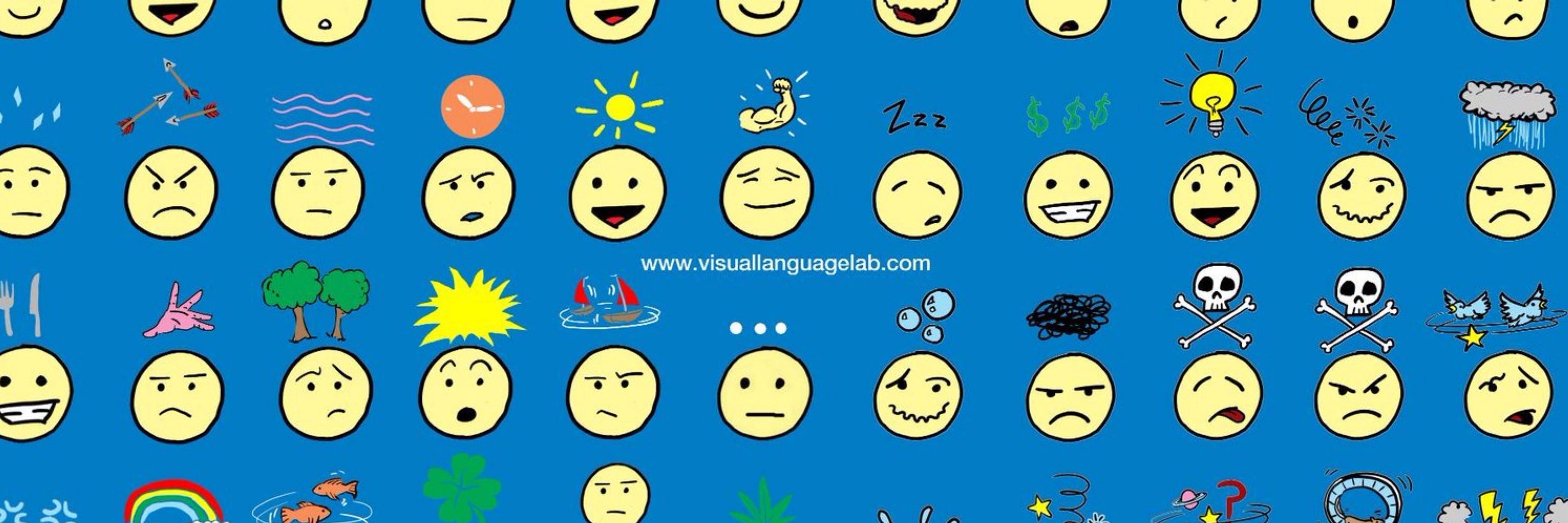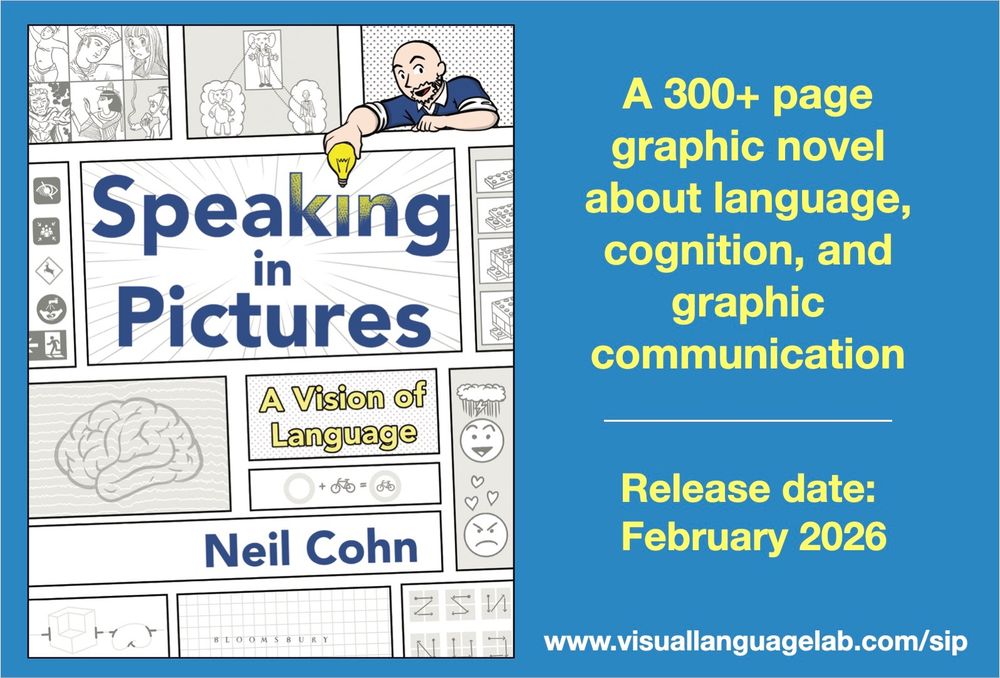
www.visuallanguagelab.com





















Patterns of Comics: www.bloomsbury.com/uk/patterns-...
Multimodal Language Faculty: www.bloomsbury.com/uk/multimoda...


Patterns of Comics: www.bloomsbury.com/uk/patterns-...
Multimodal Language Faculty: www.bloomsbury.com/uk/multimoda...
TINTIN: www.visuallanguagelab.com/tintin
PICTREE: www.visuallanguagelab.com/pictree


TINTIN: www.visuallanguagelab.com/tintin
PICTREE: www.visuallanguagelab.com/pictree




